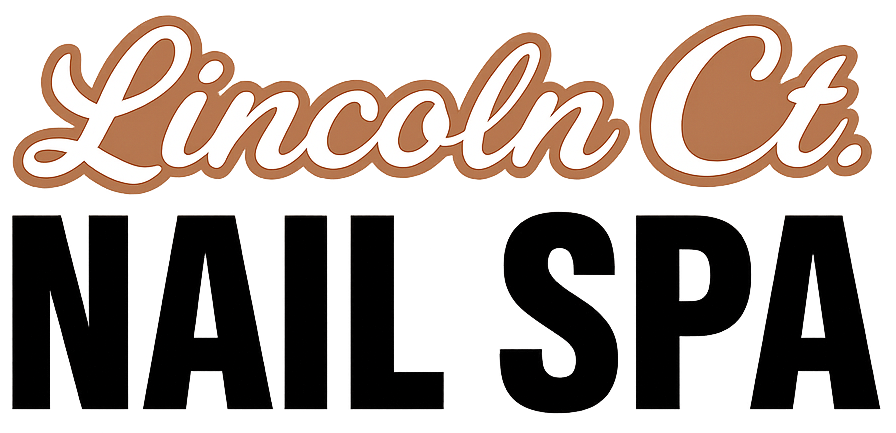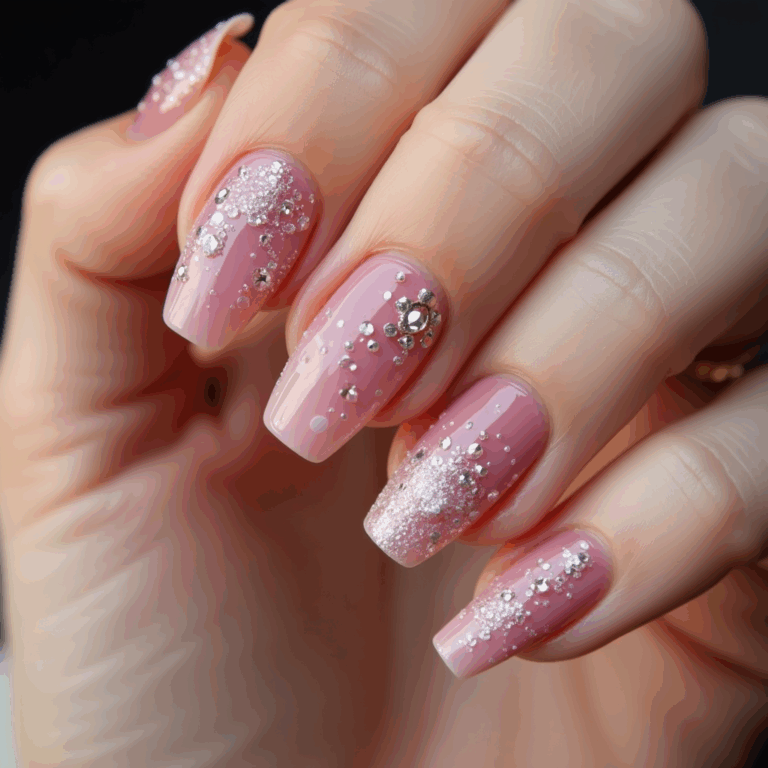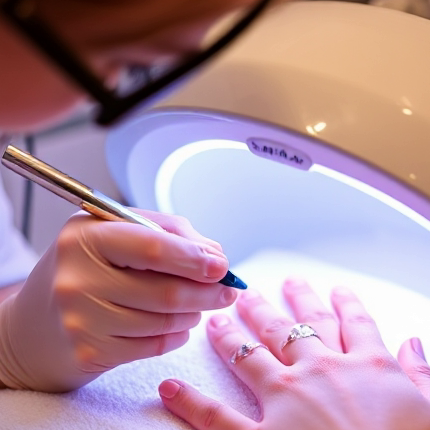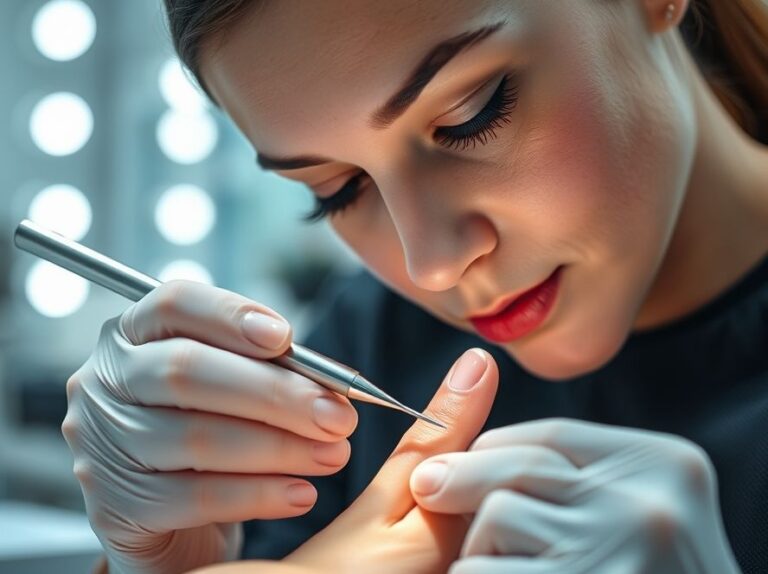Safest Ways to Do Waxing on Different Types of Skin: Your Complete Protection Guide
Key Takeaways:
Q1: How do I know if my skin is too sensitive for safe waxing?
If you have conditions like eczema, psoriasis, rosacea, or if your skin reacts strongly to most products, consult a dermatologist before waxing. A professional patch test—waxing a small area first—can also help determine if your skin will tolerate the process. Signs of excessive sensitivity include prolonged redness (lasting more than 24 hours), welts, blisters, or extreme pain during the procedure.
Q2: Can I wax if I’m using acne medications?
It depends on the medication. Topical retinoids (Retin-A, tretinoin, adapalene, retinol) are contraindicated for waxing and should be discontinued 5-7 days before treatment. Benzoyl peroxide and salicylic acid may also increase sensitivity. Oral medications like Accutane require waiting at least 6 months after completing treatment before waxing. Always disclose all medications to your waxing technician and consult your dermatologist if unsure.
Q3: What should I do if my skin gets burned during waxing?
Immediately apply a cold compress to reduce heat and inflammation. Apply aloe vera gel or a burn cream. Do NOT apply ice directly to skin, and avoid any fragranced or harsh products. If the burn is severe (blistering, significant pain, large area affected), seek medical attention. Minor burns usually heal within a few days with proper care, but severe burns may require professional medical treatment to prevent scarring and infection.
Q4: How long should I wait between waxing sessions?
Typically 3-4 weeks, though this varies based on your hair growth rate and the area being waxed. Hair needs to be about 1/4 inch long for wax to grip effectively. Waxing too frequently doesn’t allow enough regrowth and can cause excessive skin trauma. Waiting the appropriate time between sessions allows your skin to fully recover and ensures effective hair removal with minimal irritation.
Q5: What are TPO FREE waxing products and why do they matter?
TPO FREE waxing products are formulated without toluene, formaldehyde, and dibutyl phthalate—three chemicals that have raised health concerns. These products are particularly important for waxing because they’re applied directly to large areas of skin and sit there during the removal process. TPO FREE formulations provide effective hair removal with gentler, safer ingredients, making them ideal for regular use and especially important for people with sensitive skin or health concerns.
Quick Hits:
- Consult With a Professional First: If you’re new to waxing or have sensitive or challenging skin, it’s important to consult an experienced esthetician before your first appointment.
- Understand Your Skin Type: Every skin type requires a unique approach to waxing. Knowing yours helps minimize irritation and avoid unnecessary damage.
- Wax Temperature Matters: Always test the wax temperature before application—especially on sensitive areas—to prevent accidental burns and minimize trauma to the skin.
- Stick to One Pass: Never wax the same spot more than once in a session. Going over the same area can cause friction burns, broken capillaries, and skin damage.
- Post-Wax Aftercare Is Essential: Avoid sun exposure, heat, and harsh products for 24–48 hours after waxing. This helps the skin recover and reduces the risk of irritation.
- TPO FREE Safety: Modern waxing products focus on skin health, using gentle, non-toxic formulas designed to leave skin smooth without harsh ingredients.
Safe Waxnig with Lincoln CT Nail Spa:
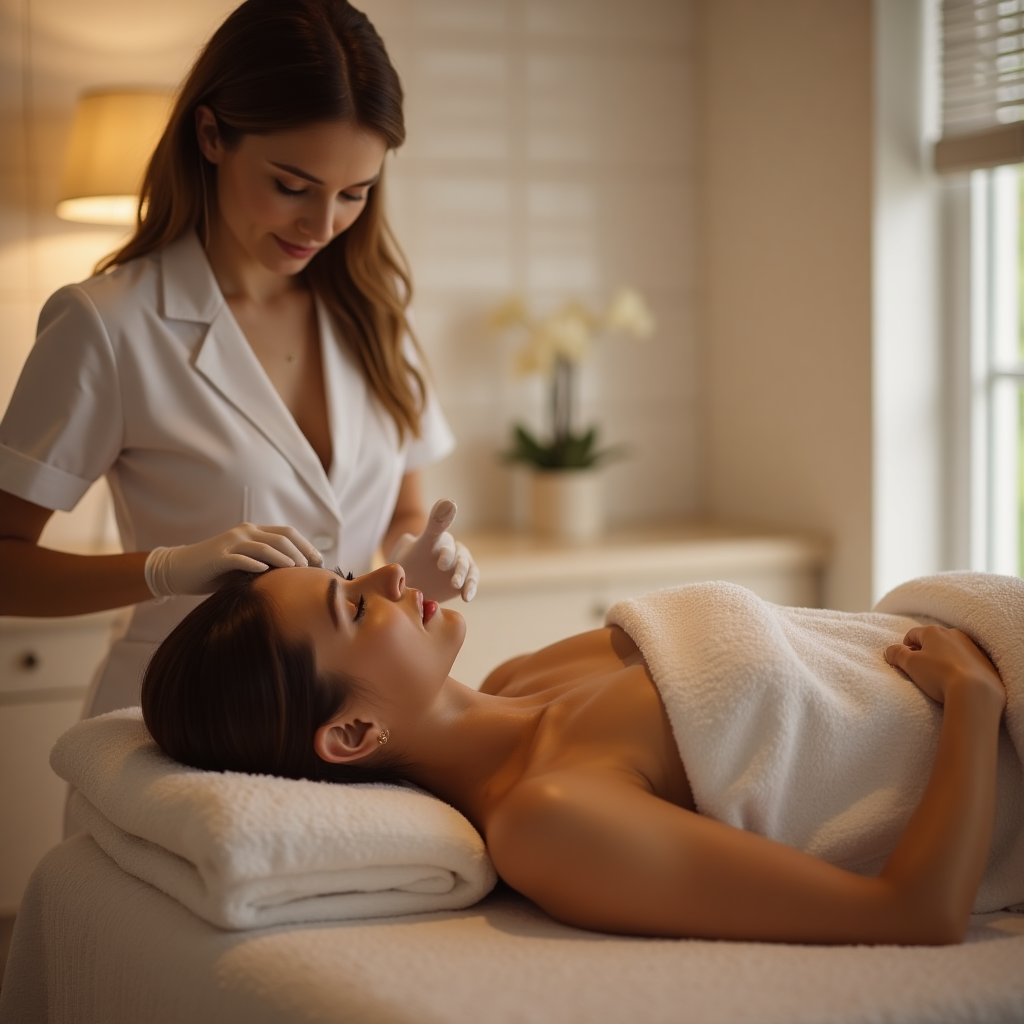
Let me share a lesson that shaped how I handle waxing. Years back, I witnessed a client suffer a severe reaction after a low-cost waxing service—redness, welts, and days of discomfort. The salon had used wax that was too hot, treated the same area multiple times, and failed to provide any meaningful aftercare recommendations. That experience made it clear: improper waxing can cause significant harm. When performed correctly, though, waxing is a professional, effective way to remove unwanted hair and achieve smooth skin results.
At Lincoln CT Nail Spa, our team has refined safe waxing practices for every skin type. Whether your skin is sensitive, dark and susceptible to hyperpigmentation, oily, dry, or mature, we offer solutions to remove unwanted hair without compromising skin health. Here’s what you need to know to ensure a safe and successful waxing experience.
The Importance of Understanding Skin Types for Waxing
Before you get into the specifics of waxing techniques, it’s critical to understand why skin type matters. Your skin’s characteristics—thickness, oiliness, sensitivity, pigmentation, and healing response—all influence how it reacts to waxing. A method that works well for thick, oily skin could easily irritate thin, sensitive skin. Leading skincare authorities agree: identifying your skin type is the foundation for safe hair removal.
Sensitive skin requires gentler waxes, cooler temperatures, and limited post-wax products. Oily skin may tolerate more robust methods but will need targeted aftercare to prevent breakouts. Dry skin benefits from extra pre-wax hydration and moisture-rich aftercare. Darker skin types need special attention to avoid post-inflammatory hyperpigmentation. Recognizing these nuances is key to delivering safe, effective waxing services.
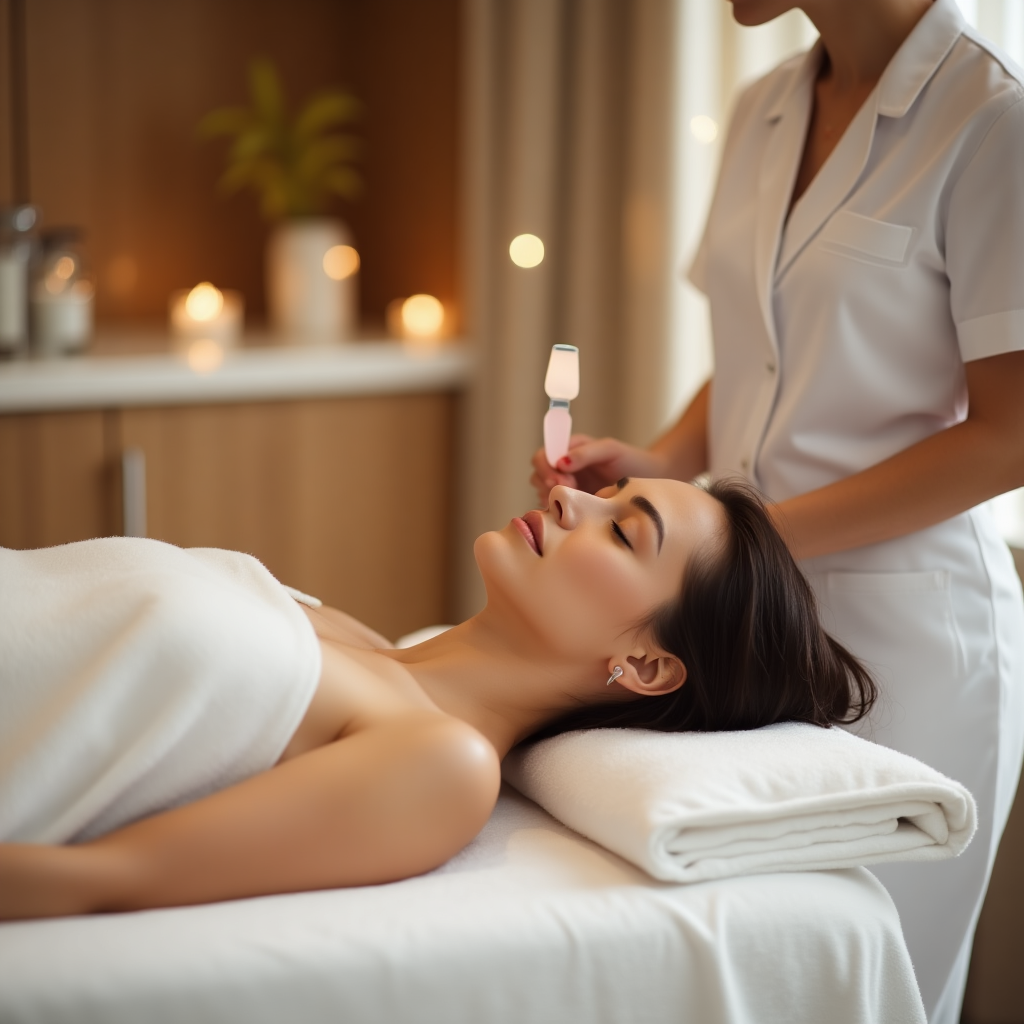
Introducing Our New TPO Free Product Line
We are pleased to announce the addition of a new range of TPO FREE products specifically for waxing. Traditional waxing products have sometimes included ingredients that, while effective, weren’t ideal for long-term skin health.
Our new TPO FREE products—free from toluene, formaldehyde, and dibutyl phthalate—offer the same high standard of hair removal, but with a gentler approach. You can protect your skin from unwanted hair without exposure to harsh chemicals, which is especially important when waxing products are applied directly to the skin for extended periods.
Preparation Steps Before Waxing
Consult a Professional: Your Best First Step
If you’re new to waxing or uncertain about the process, a licensed esthetician or dermatologist will ensure a safe and effective result. At our spa, our technicians are trained to evaluate your skin type, select the appropriate wax, use best practices, and manage any complications efficiently. Your safety and satisfaction are our priority.
A professional waxing consultation actually starts with a real conversation. We’ll ask about your skin history, any medications or topical treatments you’re using, past waxing experiences, and your specific concerns. After that, we carefully examine your skin to identify any possible contraindications—basically, anything that means waxing isn’t a good idea. This assessment protects you from serious complications and ensures you get the best possible results. Honestly, safe waxing always begins with professional guidance.
Check Your Skin: Know When NOT to Wax
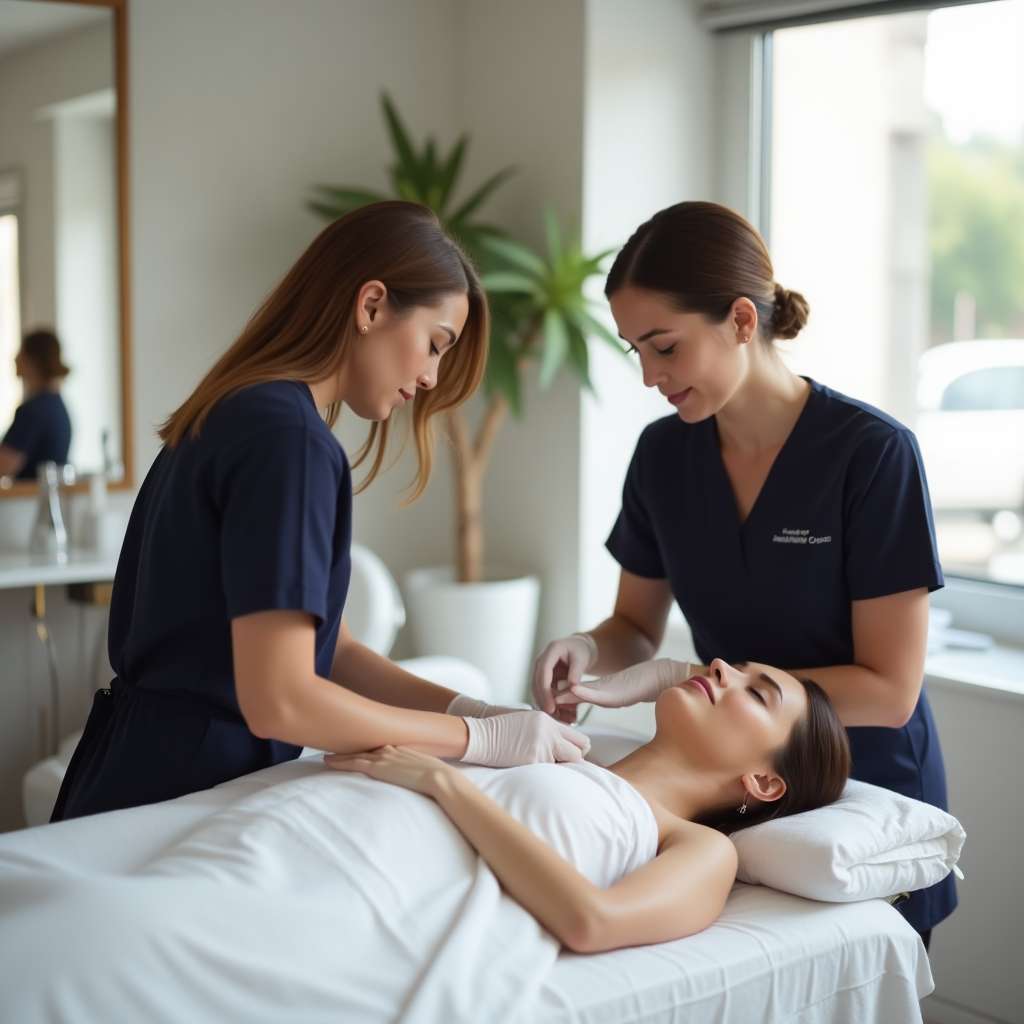
CRITICAL WARNING: Do not wax if you have a sunburn, open wound, or are using certain skincare products such as retinol, bleaching agents, or antibiotics—whether topical or oral.
This might be the most important safety information you’ll find here. Certain skin conditions and treatments make waxing risky, not just uncomfortable. Sunburned skin is already damaged and inflamed—waxing it can result in extreme pain, blistering, and even permanent scarring. Open wounds or infections increase infection risk. And, not everyone realizes that certain medications and skincare products can create major contraindications.
Retinoids (including prescription Retin-A and OTC retinol) thin out the outer skin layer, making it fragile and much more likely to tear during waxing. We’ve seen clients who forgot to mention their retinoid use and ended up with skin actually peeling off—a situation that’s both painful and totally preventable. According to beauty safety experts, professional salons always screen for these issues.
Some antibiotics (especially tetracyclines) make skin extra sensitive to light and more prone to irritation. Bleaching products can thin and sensitize the skin. Topical steroids affect the skin’s integrity. If you’re using any of these products or medications, you need to stop them well before waxing—usually at least 5-7 days in advance, though your esthetician or dermatologist can give you specific advice.
Specializing in TPO Free Products
Our team is committed to both effective hair removal and your skin’s health. That’s why we specialize in a new line of TPO FREE products for all waxing services. We receive ongoing training in these advanced formulations—understanding their unique qualities, ideal temperature ranges, and how they interact with different skin types.
When you choose Lincoln CT Nail Spa for waxing, you’re getting both the safest products possible and technicians who truly know how to use them. This combination of high-quality products and expert application is what makes our unique way to wax both safe and effective for achieving smooth, hair-free skin.
Choose the Right Wax for Each Area
For sensitive areas like the bikini line or underarms, hard wax is recommended because it’s gentler and less painful than soft wax. This difference matters for both comfort and safety. Soft wax (also called strip wax) requires cloth or paper strips for removal and sticks to both hair and skin. Hard wax (stripless wax) hardens as it cools and is removed without strips, gripping mostly the hair and protecting the skin.
Hard wax is ideal for coarse hair in sensitive areas—it grabs hair well while treating skin more gently. It’s especially good for the face, bikini line, underarms, and anywhere the skin is delicate. Soft wax, on the other hand, is great for larger areas with finer hair like legs, arms, or your back. At our spa, we always choose wax type based on the specific area and your skin’s needs to ensure the best results and maximum comfort.
Temperature Check:
Essential for Burn Prevention Before you begin, always test the wax temperature on the inside of your wrist. This area is sensitive, making it a reliable indicator—if the wax feels too hot or uncomfortable, it’s not safe for use. Allow it to cool before proceeding.
Overheated wax is a leading cause of waxing-related burns, which are both painful and completely avoidable with this simple step. Your wax should be warm enough to spread and grip hair, but never so hot that it risks burning skin. Professional technicians test the wax before every application; if you’re waxing at home, make this a mandatory part of your process for safety.
Clean and Dry:
The Basis for Proper Waxing Thoroughly cleanse and dry the area to be waxed. Clean, dry skin is crucial for optimal wax adhesion and helps minimize risk of infection. Oils, lotions, sweat, and debris all interfere with waxing results, leading to incomplete hair removal and the temptation to re-wax the same area—something you should avoid.
Use a gentle cleanser that removes residue without irritating the skin. Aggressive scrubbing is counterproductive and may sensitize the skin, making waxing more uncomfortable. After cleaning, ensure skin is completely dry; even minimal moisture reduces wax adhesion and affects your results.
During Waxing: Follow Key Safety Protocols
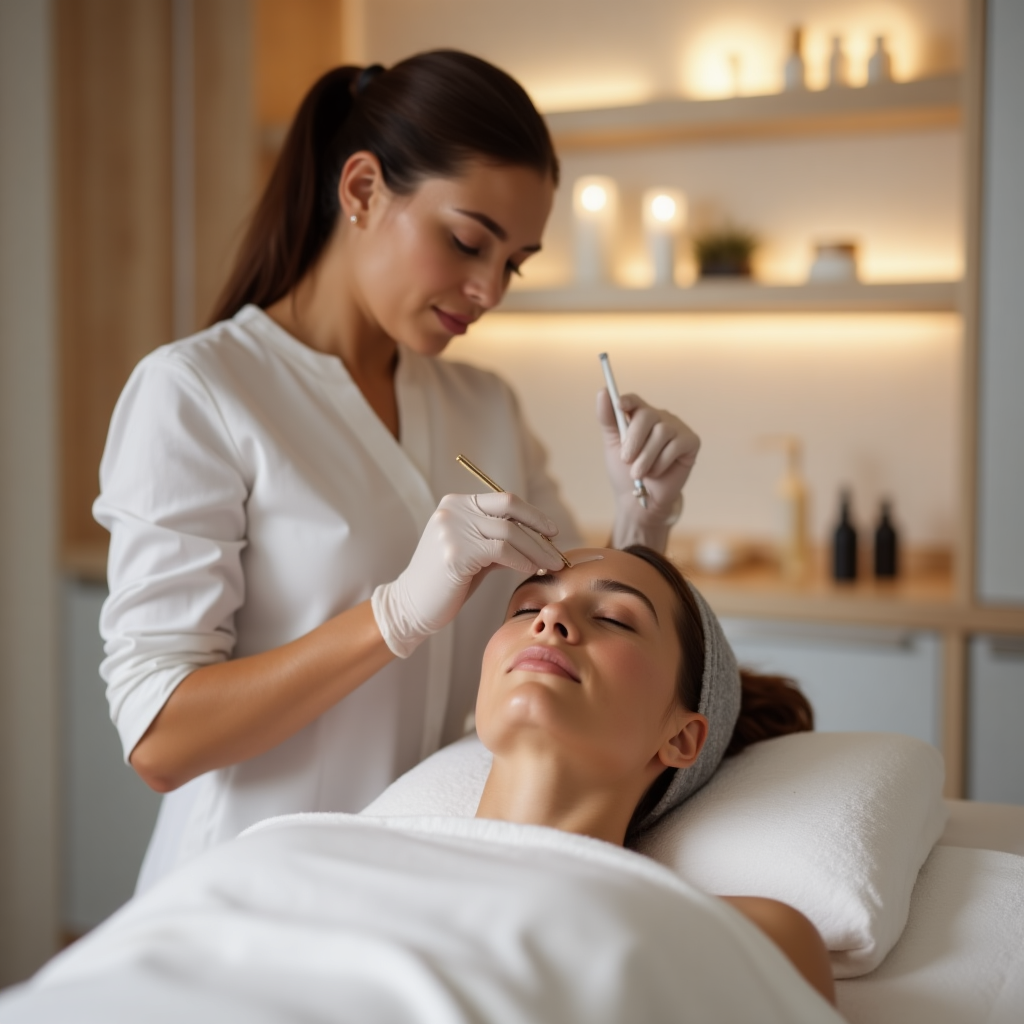
Avoid Re-Waxing the Same Area
Do not wax the same area multiple times. Each application and removal causes friction and mild trauma to the skin. While one pass is standard, repeated waxing increases the risk of surface burns, broken capillaries, bruising, and temporary skin thinning, all of which can heighten infection and irritation risk. Additionally, re-waxing rarely improves hair removal—persistent hairs generally indicate a technique or application issue, not a need for repeated waxing.
For any remaining hairs, use tweezers instead of additional wax. At Lincoln CT Nail Spa, our technicians are trained to achieve optimal results in a single pass, prioritizing your comfort and skin health.
Strict No Double-Dipping
Policy In a professional setting, ensure your technician never double-dips applicator sticks in the wax pot. This is a fundamental hygiene standard: double-dipping can transfer bacteria, viruses, or fungi between clients or from your skin back into the wax, creating a risk of infection. Professional salons use disposable applicators or dispense wax into single-use containers. If you observe double-dipping, address it immediately or consider leaving. Prioritize your health—strict hygiene protocols are non-negotiable for safe waxing.
Do Not Remove Hair from Moles or Skin Growths
It’s essential to avoid waxing over moles, warts, or other skin growths. Doing so can cause irritation, bleeding, and even increase your risk of infection. There’s also the potential for trauma to certain types of moles, which, while generally considered a minimal risk by dermatologists, is still something best avoided from a safety and medical standpoint. Warts, being viral lesions, present an additional risk.
Waxing over warts may spread the virus to other areas of your skin or to others via viral particles. For other growths, like skin tags or seborrheic keratoses, waxing can result in discomfort, irritation, or tearing, leading to unnecessary complications. If you notice hair growing from these areas, it’s safest to trim it carefully with scissors, or consult a dermatologist for proper removal.
Experience Professional, Safe Waxing
Entrust your skin to professionals who put your safety and comfort first. Our trained technicians and TPO FREE products deliver smooth, beautiful results without compromising your skin’s health.
Discover our full range of services, including facials, nail care, and beauty treatments. We’re committed to helping you look and feel your best, safely and confidently.
Expanding Our Line of TPO Free Products
Looking ahead, we are actively working to expand our selection of TPO FREE products, which represent the latest advancements in waxing technology. The beauty industry is evolving, with new formulations that provide effective hair removal while being even gentler and safer for repeated use.
Our dedication to TPO FREE products reflects our belief that you should be able to protect yourself from unwanted hair and enjoy smooth skin without exposure to potentially harmful chemicals. As these products arrive on the market, we will be among the first to offer them, ensuring our clients always have access to the safest, most effective hair removal options.
Post-Waxing: Essential Recovery Care
Avoid Sun Exposure and Irritants:
The 24-48 Hour Rule After waxing, it’s critical to keep the treated skin out of direct sunlight for at least 24 hours. Also, avoid hot showers, hot baths, and perfumes. The waxing process temporarily opens the pores and weakens the skin’s natural protective barriers, making your skin more vulnerable.
Exposure to the sun on freshly waxed skin can result in hyperpigmentation, especially on darker skin tones. UV rays penetrate compromised skin more easily, potentially causing DNA damage. Hot water can increase inflammation and prolong redness or discomfort. Pools and hot tubs introduce chlorine and bacteria to open pores, increasing the risk of infection. According to skincare professionals, effective aftercare is just as important as the waxing technique itself.
For the first 24 hours, opt for lukewarm showers, avoid direct sun (or use SPF 30+ if you must go out), skip the gym to prevent sweat and friction, and stay away from pools and hot tubs. These measures help your skin heal properly and maintain your results.
Use Gentle Products:
Patience Delivers Results Wait at least 12 hours before applying perfumes or fragranced products to waxed areas. Many of these products contain alcohol and other ingredients that can irritate and inflame freshly waxed skin, possibly causing breakouts or allergic reactions.
During the first 24-48 hours after waxing, use only gentle, fragrance-free products on treated skin. Aloe vera gel or a specialized post-wax lotion is recommended to soothe and moisturize without irritation. After this initial period, you can gradually reintroduce your regular skincare products, though continuing with gentle options is ideal for maintaining smooth, healthy skin.
Safest Ways to Do Waxing — Quick Quiz
Test your knowledge and learn best practices for safe waxing. Friendly, short, and informative.
Special Considerations for Different Skin Types
Sensitive Skin: Extra Precautions Required
For clients with sensitive skin that tends to react to products or procedures, it’s important to take specific precautions to ensure a safe waxing experience. We recommend using hard wax exclusively, maintaining the wax temperature on the lower side of the effective range, and applying a pre-wax oil to create a protective barrier between wax and skin. Extending the aftercare period to a minimum of 48 hours is also essential. Additionally, performing a test patch—waxing a small, discreet area before proceeding with a full treatment—can help determine how the skin will respond and minimize potential issues.
Dark Skin: Preventing Hyperpigmentation
Clients with darker skin tones may be more susceptible to post-inflammatory hyperpigmentation, or dark spots that result from skin trauma. To minimize this risk while addressing unwanted hair, avoid waxing on irritated or inflamed skin, never wax the same area more than once during a session, and use the lowest effective wax temperature. Skin-lightening products, such as vitamin C or kojic acid, should only be applied after the initial 48-hour healing window to support even skin tone and minimize pigmentation concerns.
Oily and Acne-Prone Skin
Oily or acne-prone skin presents unique challenges, especially when trying to prevent breakouts after waxing. A thorough cleansing before waxing is critical to remove excess oil. Post-wax, opt for oil-free aftercare products and avoid heavy moisturizers immediately. After 48 hours, using a gentle salicylic acid product may help prevent ingrown hairs and breakouts. At our spa, aftercare recommendations are always tailored to each client’s specific skin type and concerns to ensure the best results.
Dry and Mature Skin
For clients with dry or mature skin, which can often be thinner and more delicate, extra care is warranted. Begin moisturizing well in the days leading up to your appointment, but avoid applying moisturizer immediately before waxing. Hard wax is generally preferred for these skin types, and gentle pressure should be used during wax removal rather than aggressive pulling. After the initial 24-hour period, generous moisturizing will help promote optimal healing—hydrated skin tolerates waxing better and recovers more efficiently.
Home Waxing vs. Professional Services

While at-home waxing is an option, professional waxing services offer significant safety and quality advantages, especially for first-time clients or those with sensitive skin. Professionals use high-quality waxes—such as TPO FREE products—maintain optimal wax temperatures with professional-grade equipment, and apply techniques designed to minimize skin trauma. They’re also trained to recognize contraindications and complications that might go unnoticed by untrained individuals.
If you choose to wax at home, invest in reputable products, follow instructions carefully, and never rush the process. Most importantly, know when to stop and consult a professional. The cost savings of DIY waxing do not outweigh the risks of skin damage or infection from improper technique. In many cases, the safest—and most effective—approach is to trust professionals who have dedicated their careers to perfecting the art of waxing.
Conclusion: Safe Waxing Is Effective Waxing
After years of providing waxing services to clients with every imaginable skin type and concern, I’ve become convinced that safety and effectiveness are inseparable. The safest waxing techniques are also the most effective because they’re based on understanding skin biology, respecting skin limitations, and using appropriate products and methods. When you protect yourself from unwanted hairs using safe practices, you also achieve better, longer-lasting results.
Whether you have sensitive skin, dark skin, oily skin, dry skin, or any combination thereof, there’s a safe way to get the skin smooth through waxing. The key is understanding your skin’s specific needs, following proper protocols before, during, and after waxing, and trusting professionals who prioritize your safety alongside your aesthetic goals.
At Lincoln CT Nail Spa, we’re committed to providing the safest, most effective waxing services available. Our use of TPO FREE products, our trained technicians, our strict hygiene protocols, and our individualized approach to different skin types all contribute to waxing experiences that are not just safe, but genuinely pleasant and confidence-boosting. Because smooth, hair-free skin shouldn’t come at the cost of skin health—and with the right approach, it never has to.
